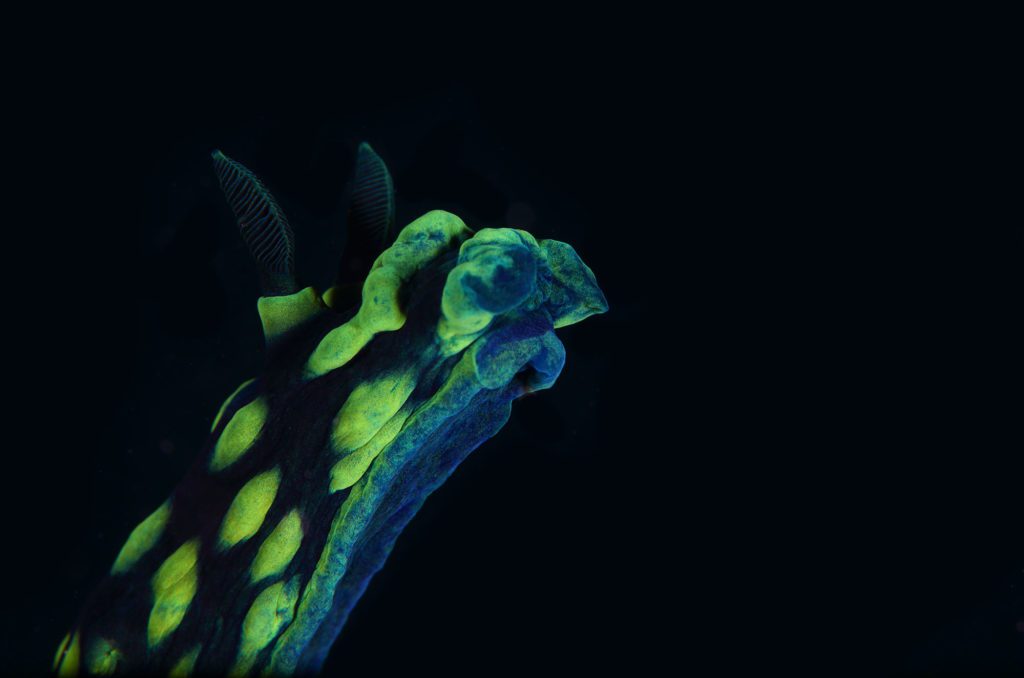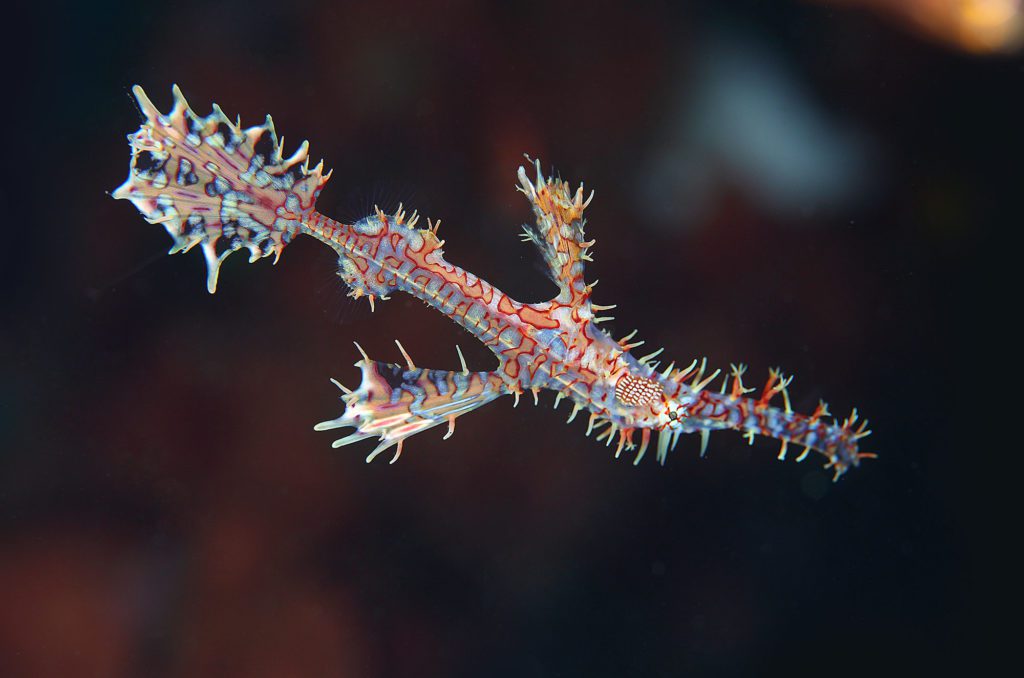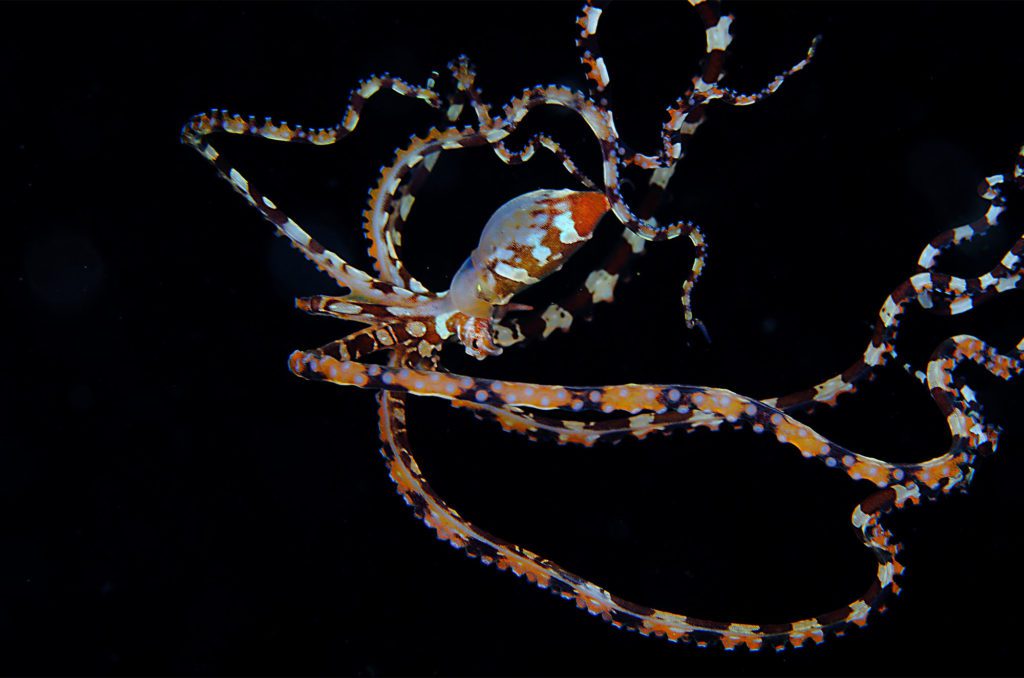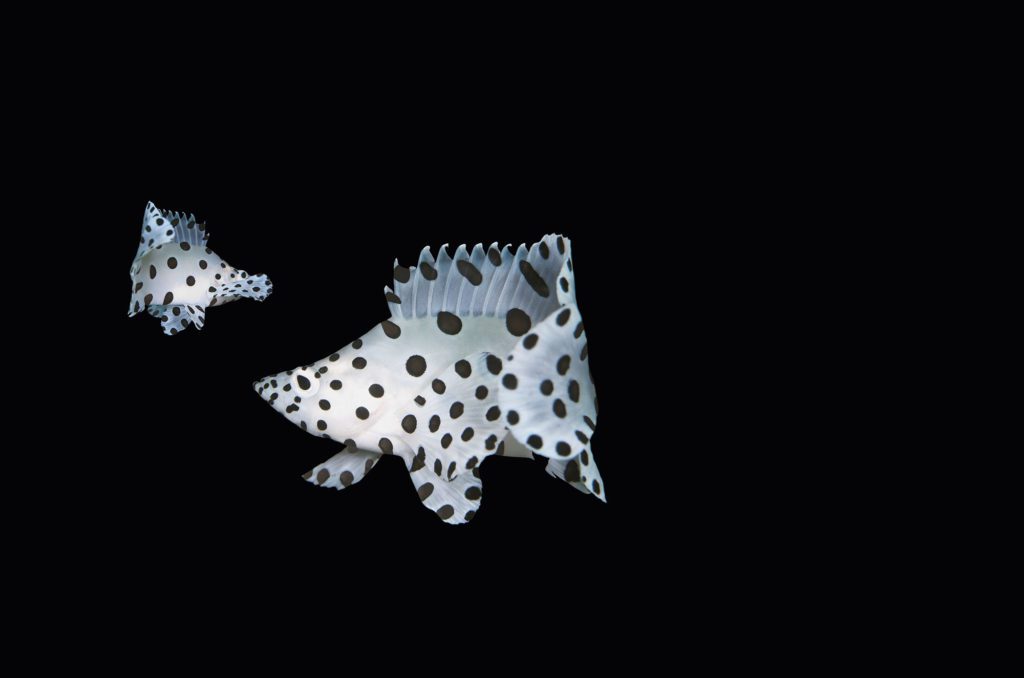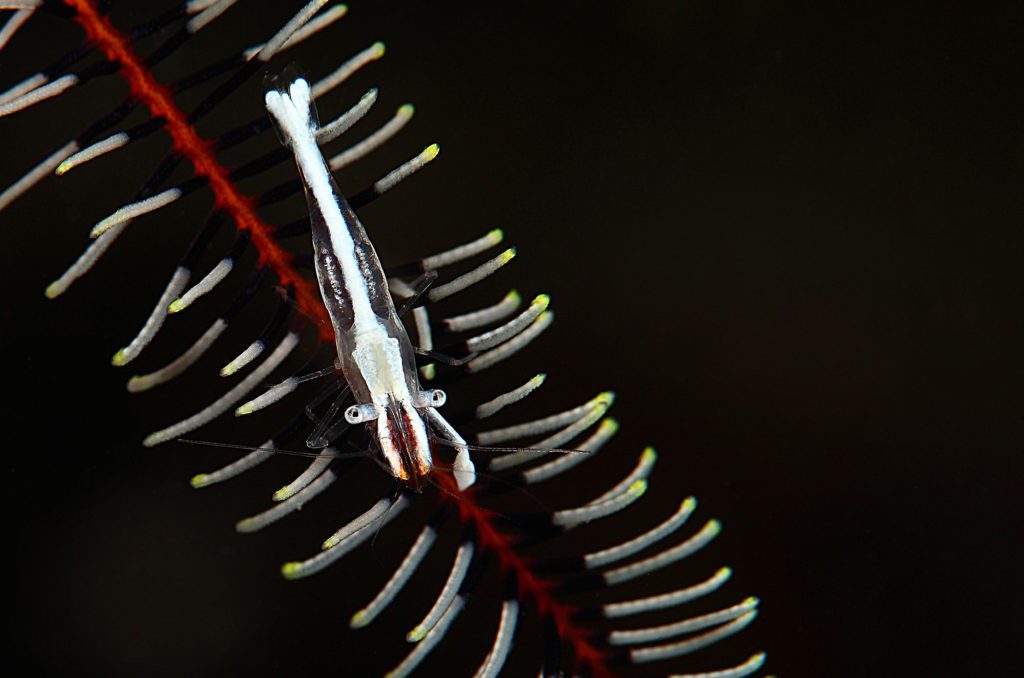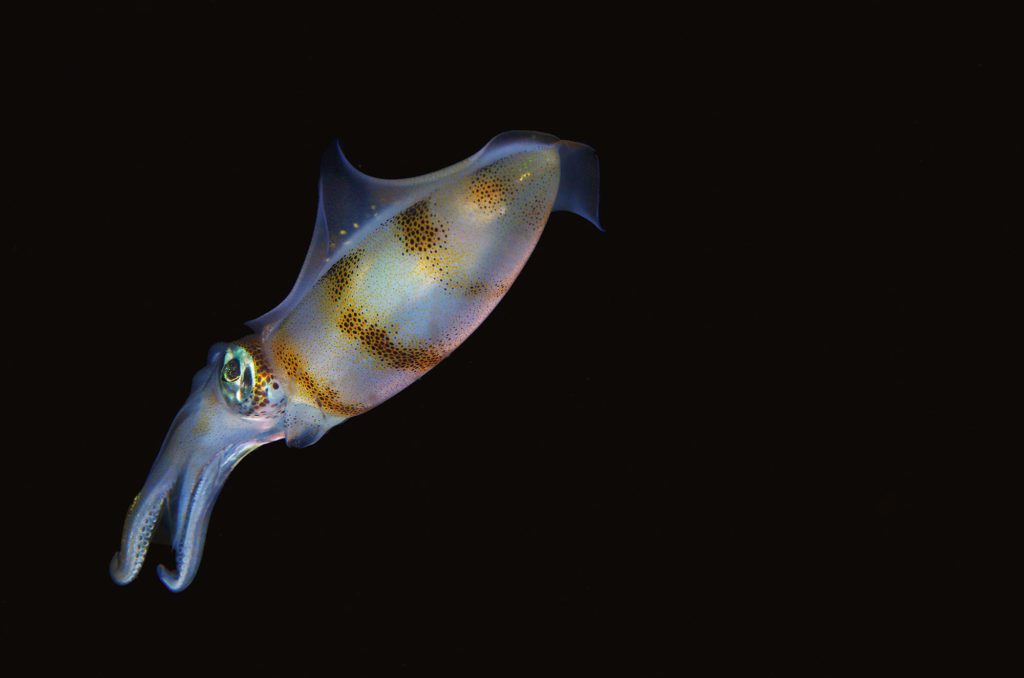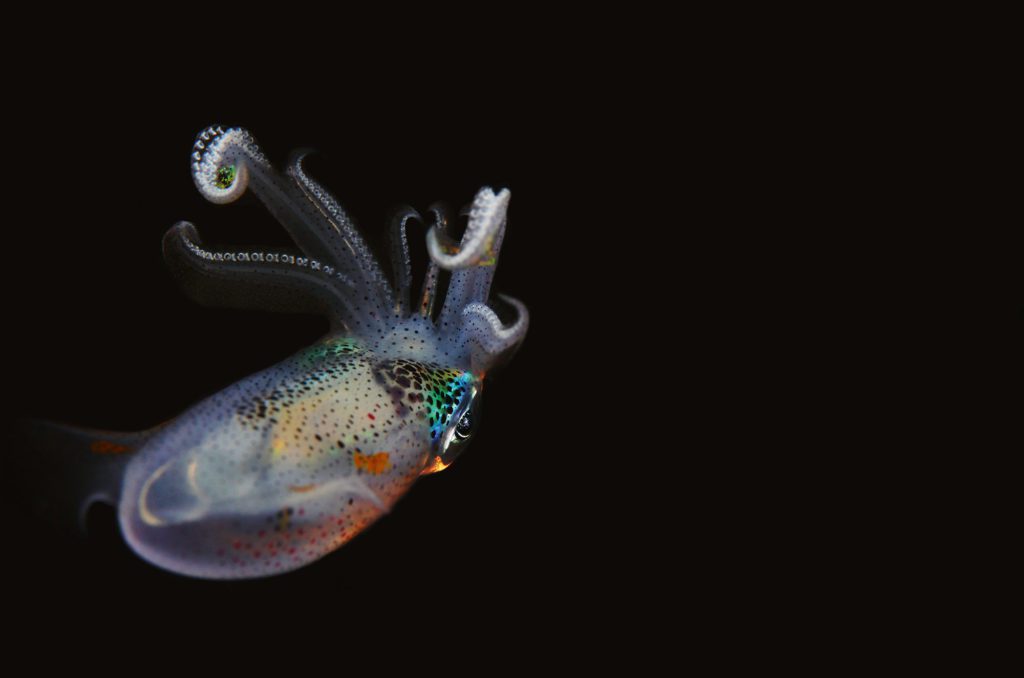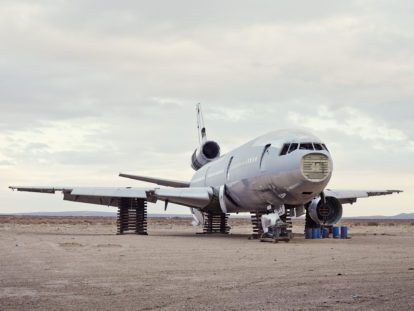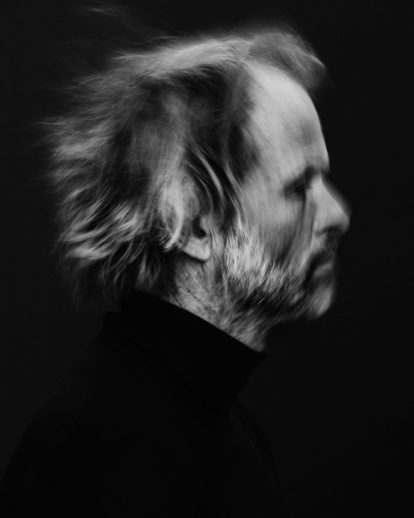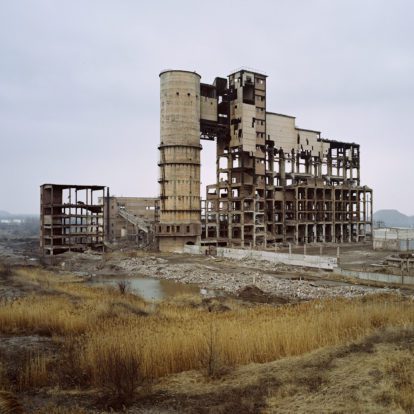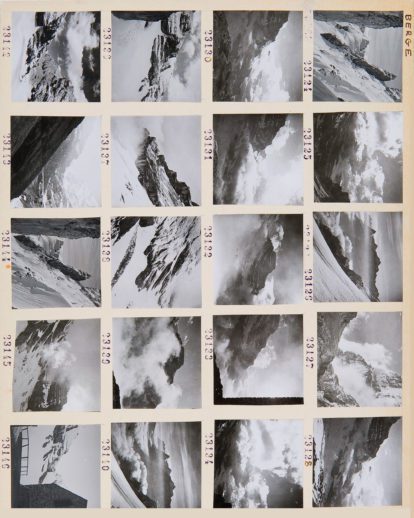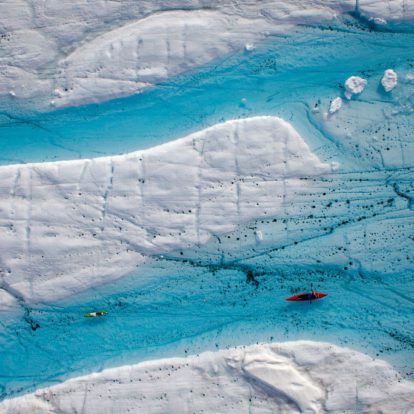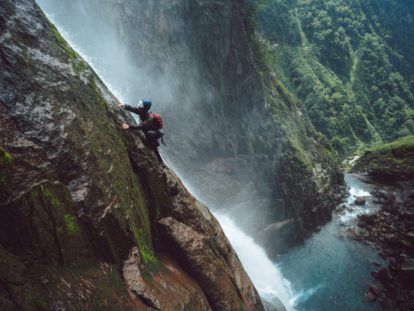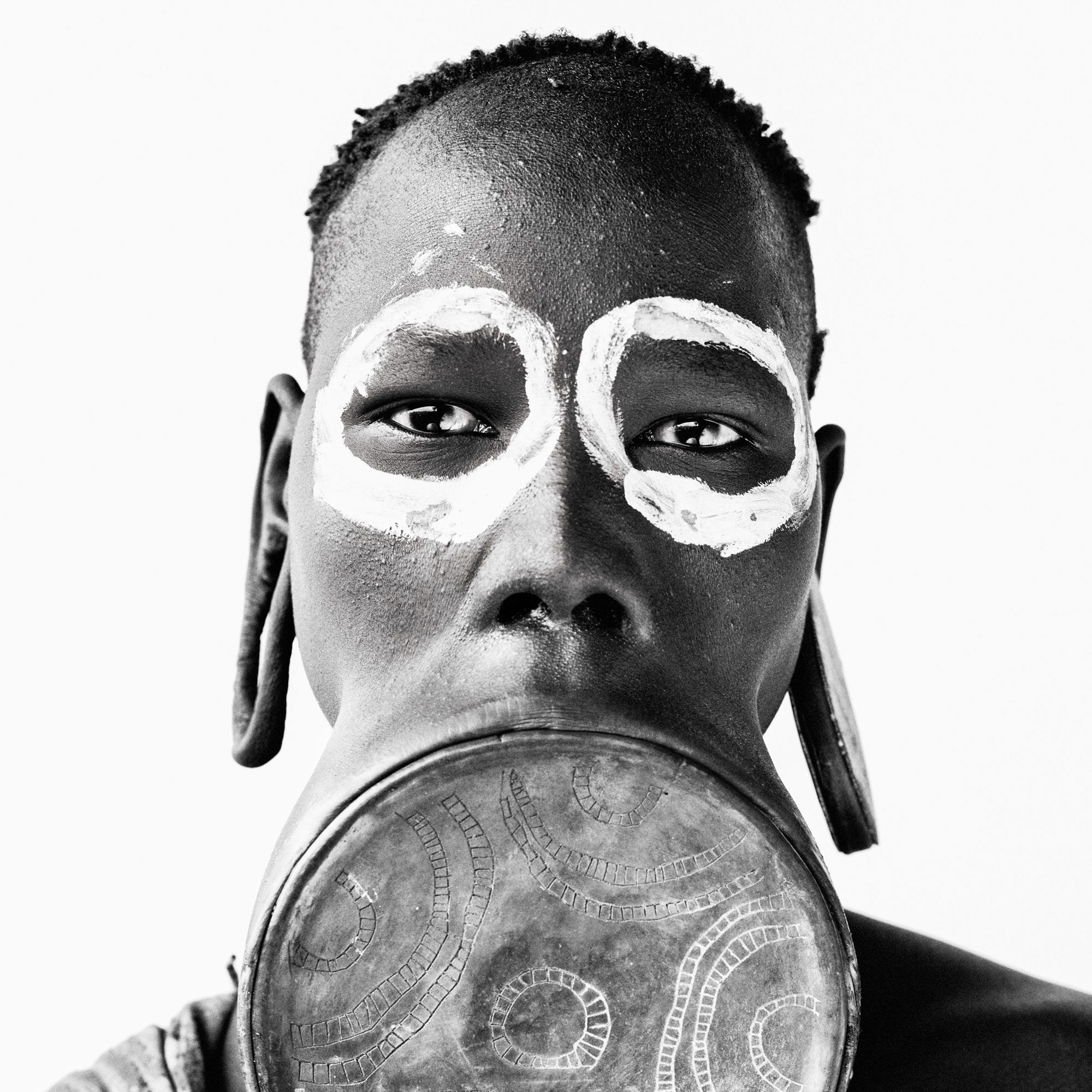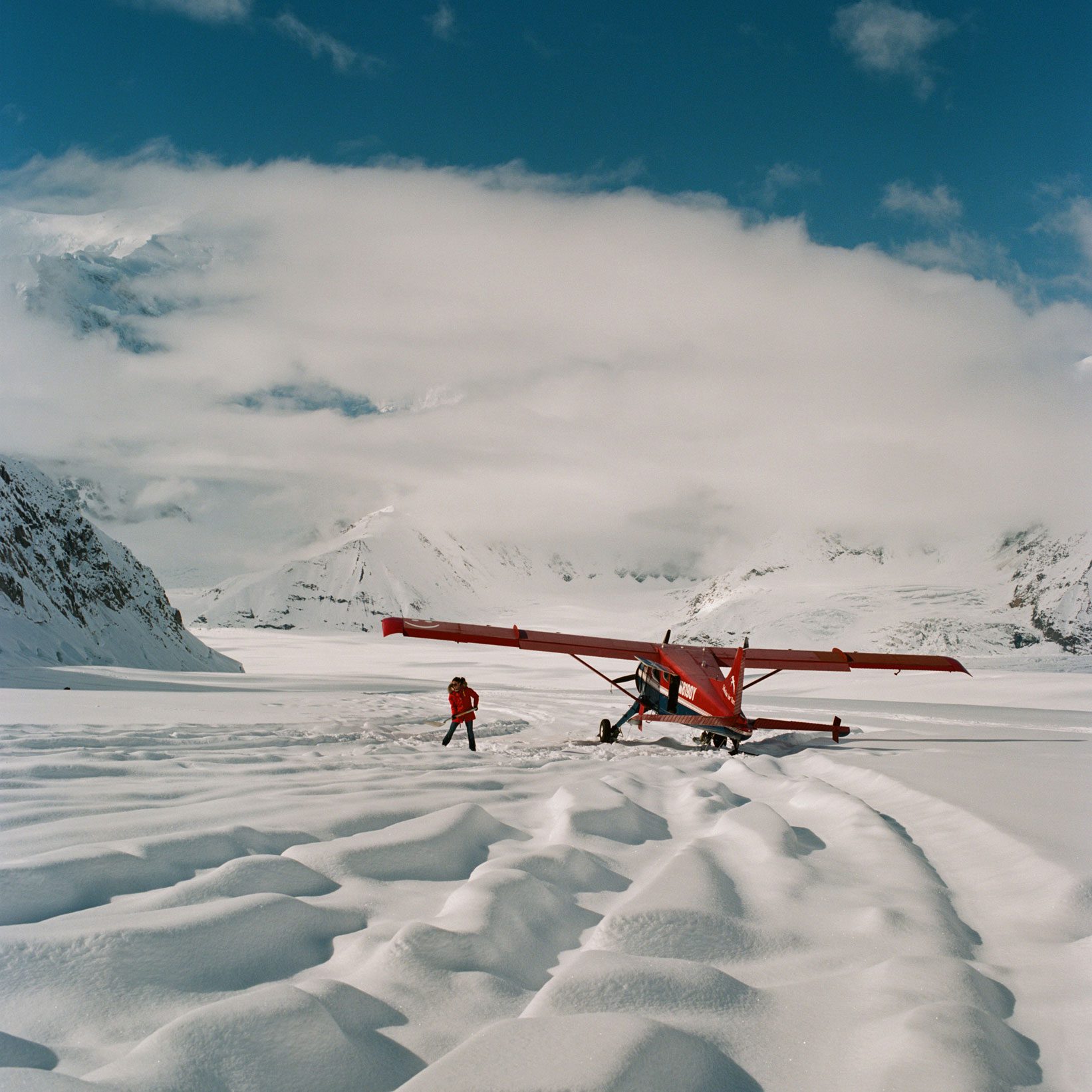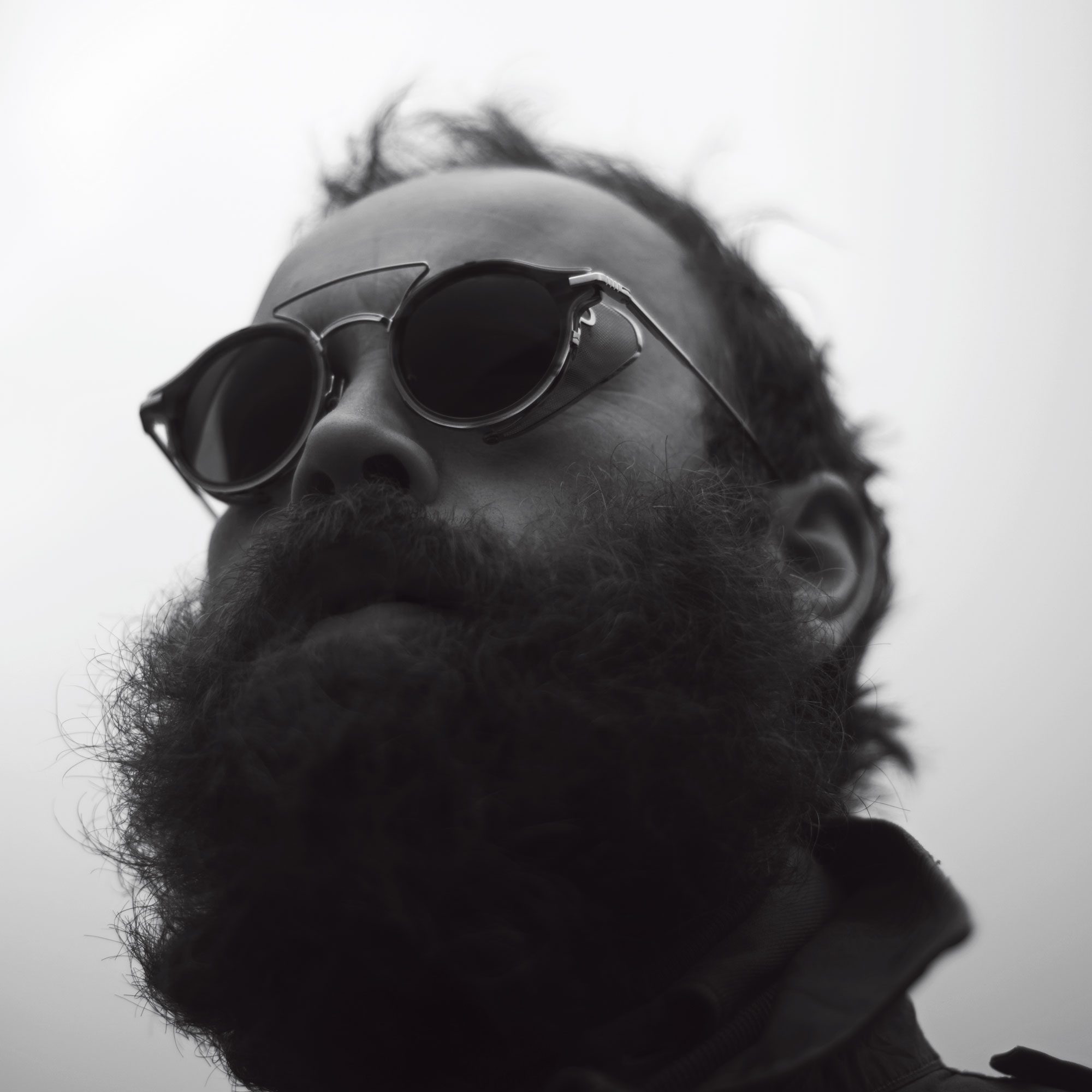I was brought up beside the sea in Dubai. Back then, in the ‘70s, it wasn’t a big city, but was made up of a series of villages. This is where we lived, on Jumeirah Beach, within yards of the water. My father was a pearl diver and my grandfather also. All the talk in my house was about the sea, fish and the poetry of the water. I learnt to dive in 1994. It was my brother who taught me. I was curious, because I’d spent my childhood not just in the water, but also watching the old Jacques Cousteau films.
The whole family would gather around the television to view his documentaries. My father forbade any of us to speak — and it was mesmerising. I wanted to know more. For me it is an almost spiritual imperative, to dive deep into a world of discovery and understand and observe the beauty of God’s creation.
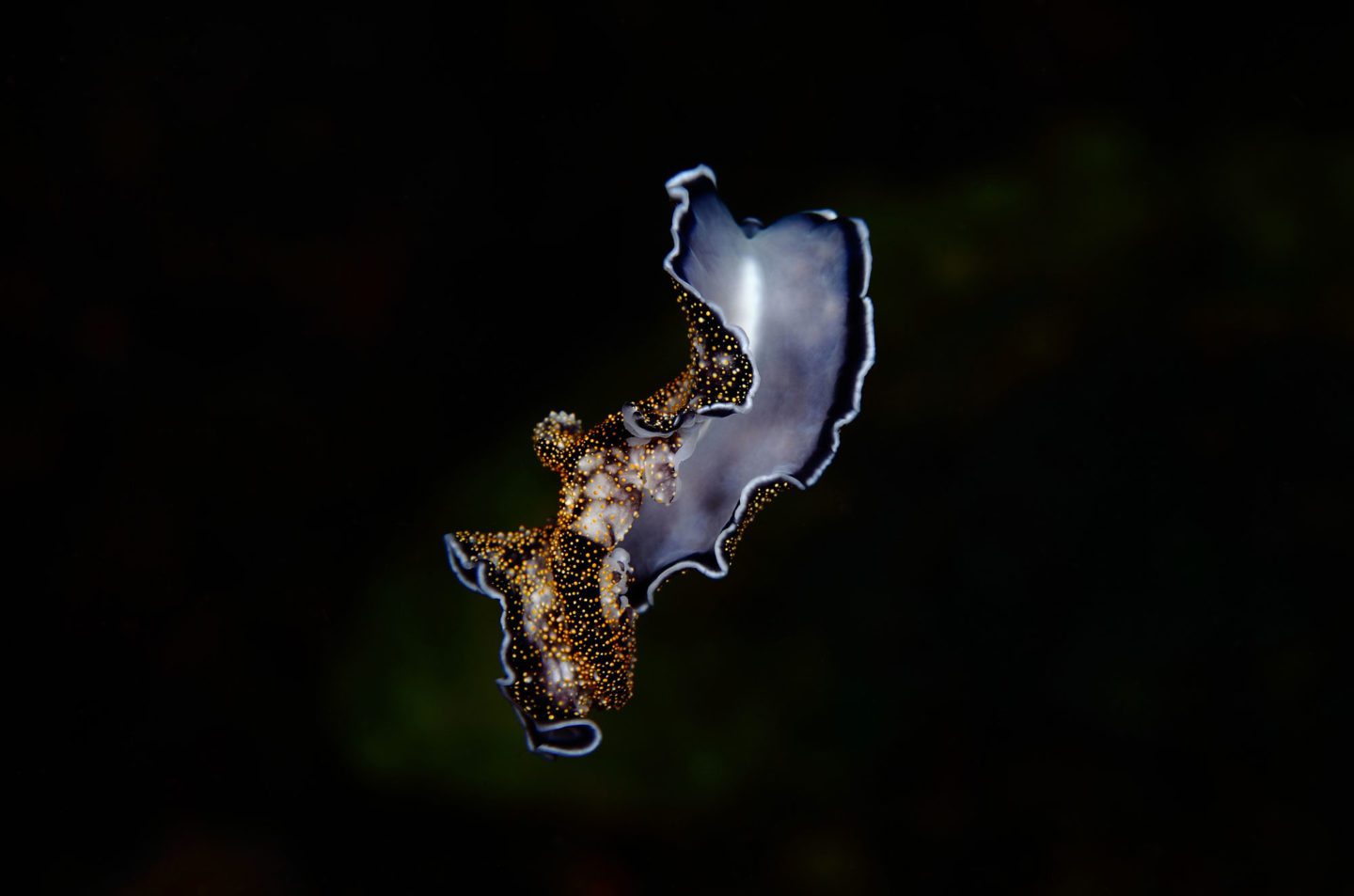
I shot this photograph in Cebu, in the Philippines. The majestic gold-spotted flatworm is known for its unique ‘dancing’ movement, which I closely monitored from one branch of coral to the next.
However, belonging to and wishing to explore the sea is only one part of my story. The other is the camera. I had wanted to make pictures from when I was a teenager. My siblings had cameras. I was the youngest, and I was always being asked to judge who took the best photographs. Then they gave me my own Nikon FM2. I was 18. From the moment I got that camera in my hands, I didn’t stop taking pictures.
